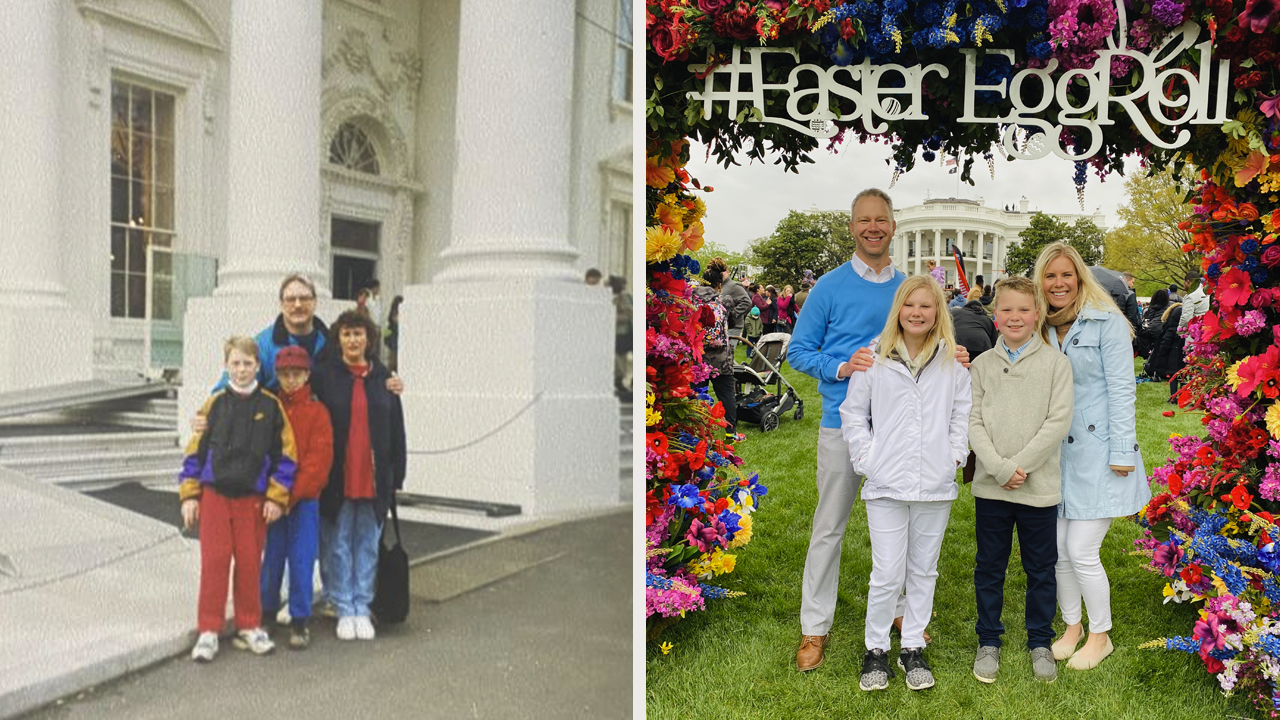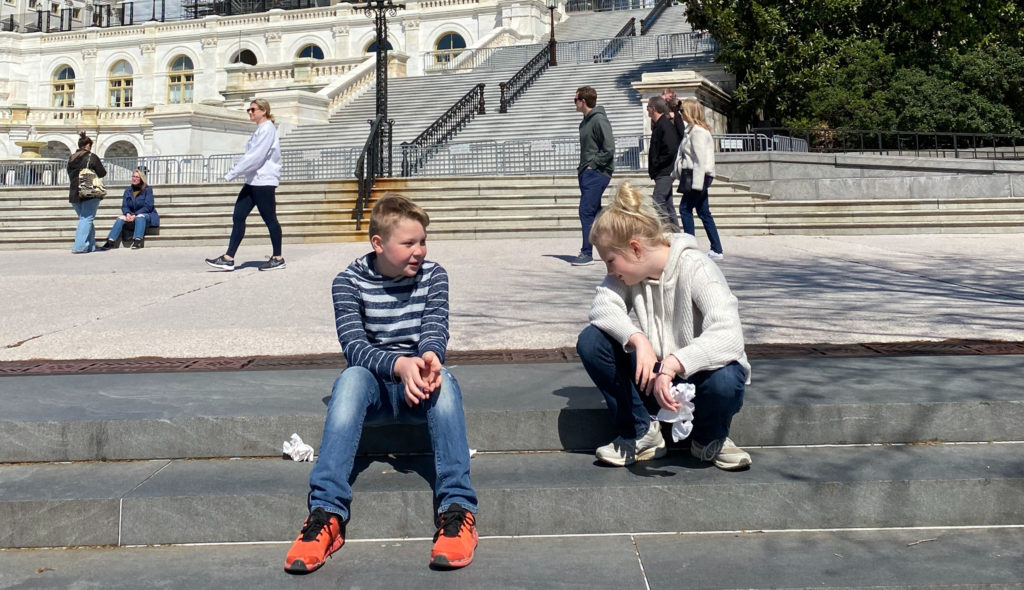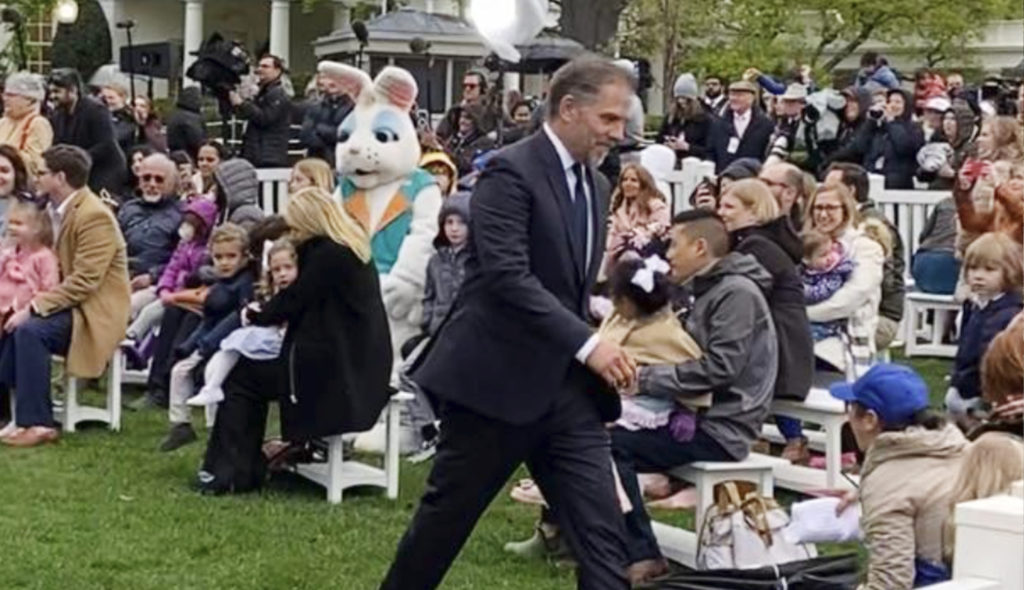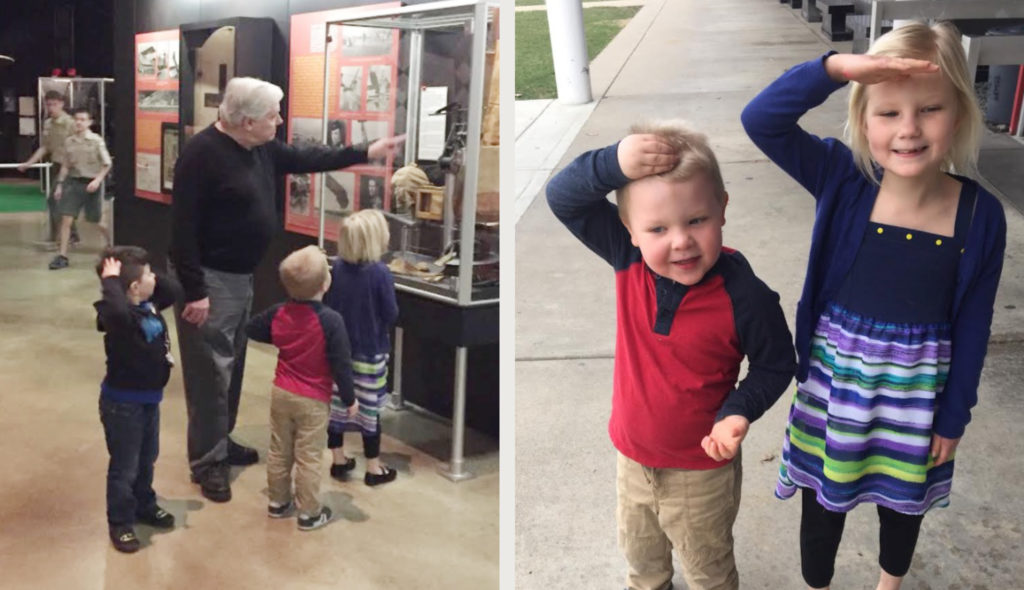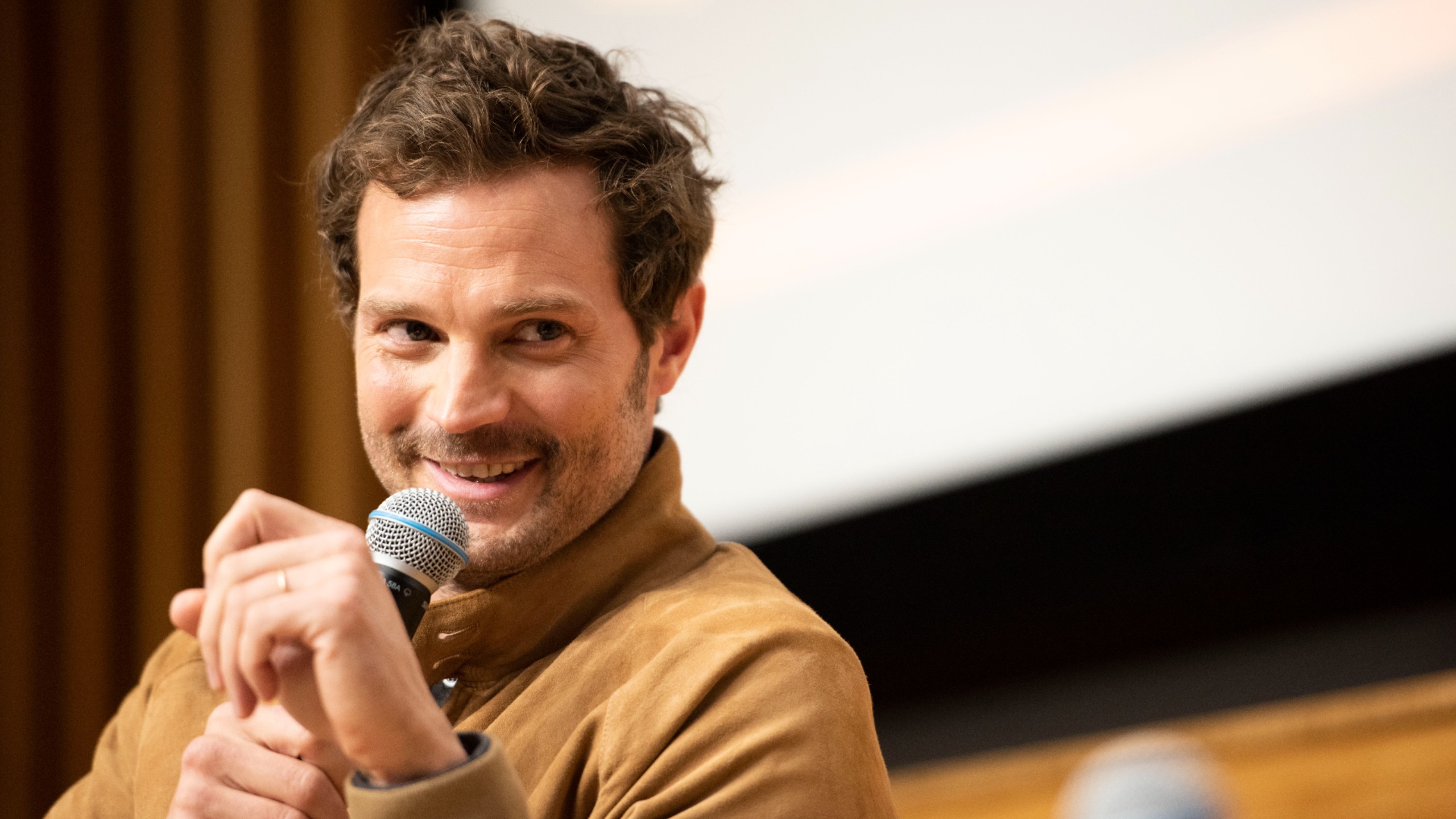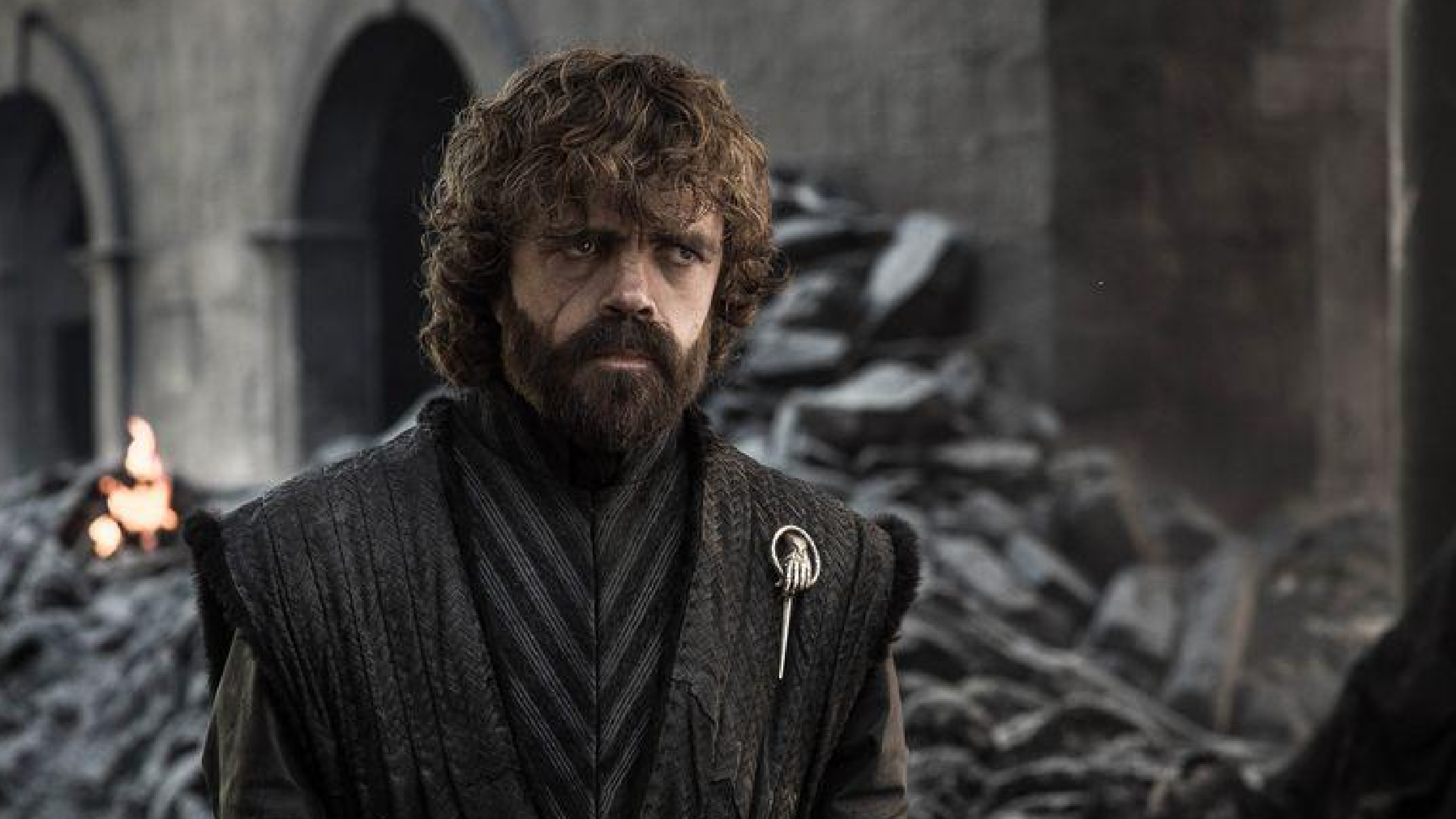
If you were asked 40 years ago to describe a typical family dynamic, it’d be pretty straightforward. The first image that came to mind would probably look something like The Dick Van Dyke Show. Dad gets home after a long day’s work, hangs his coat, and asks, “what’s for dinner, honey?” before sitting down at the table for his allotted hour of family time. This snapshot in history is quickly fading, and in case you’ve been sleeping, there is no one correct way to be a family. In fact, the so-called “traditional family” has evolved so drastically over time that the idea of the “breadwinner father” and “homemaker mother” is, quite honestly, antiquated.
This clear and distinct shift in typical roles within a family is due to the fact that, well, families themselves are changing. According to Pew Research Center, the makeup of a typical family has undergone a dramatic shift over the last 50 years or so. In 1960, for example, 73% of children were being raised by their married parents (specifically, a mom and dad in their first marriage). Today, however, fewer than half (around 46%) of children are living with their married mom and dad. Clearly, things are changing. Divorce is more common, as is being a single parent and co-parenting. Having children without being married is on the rise, and same-sex couples are finally being legally recognized (it wasn’t until 2019 that the U.S. Census Bureau provided estimates on households with same-sex couples); a lot has happened over time to make the idea of what a typical family looks like far more flexible.
Through all of these shifts in family structures, one thing hasn’t changed – someone has to take care of the kids. Over the years, the number of stay-at-home dads has been on the rise. The Pew Research Center states that in 1989, only 10% of fathers were stay-at-home dads. In 2012, the percentage reached 16%. It’s important to note, these numbers are reflective only of dads over 18 with their own children living in their households (though of course there are plenty of amazing dads filling the father role for children who aren’t biologically or legally theirs). Though that number increased drastically in just 23 years, there were many reasons why dads were taking on the stay-at-home role. In some cases, it was because of the father’s inability to find employment, or due to a disability. However, the most incredible shift happened within the category of dads taking on the stay-at-home role simply because they wanted to. In 1989, only 5% of stay-at-home dads cited that they chose to do so, but that number grew fourfold in 2012, with 21% of stay-at-home dads citing that same reason. Things are changing; not only are there more stay-at-home dads now than almost any time in history, but more men are actively choosing to be a primary caregiver for their children.
Steve, a former stay-at-home dad (his kids are fully-grown now) from central Illinois took over as primary caregiver in 1987. In Steve’s case, it was the logical choice for him to become a SAHD – his wife had a stable job, and he was burned out at his. Although it wasn’t as common in the 80s, Steve thoroughly loved being a stay-at-home dad, and he even helped normalize the practice within his community. “It was even more fun than I expected,” Steve told The Dad, “And I was accepted by the other moms at the various activities we would do during the day. After a year of taking my kids to swimming lessons at the Y they eventually change the name of the class from mom and tot to parent and child classes.”
Even being a trailblazer in the field of stay-at-home dadding, Steve was fortunate – he had a lot of support. “Although people would occasionally assume I was just babysitting for the day to give my wife some time off, most of the responses I got were jealous dads wishing they could stay with their kids while their wives worked.”
For a deeper look into life as a SAHD in the early 90s (and some amazing 90s fashion), check out this video of Steve and his family.
Tom became a full-time SAHD in 2008 when his son was 2. Although caring for his son was Tom’s primary job, it wasn’t his only job. “I’m a custom furniture builder and trim carpenter”, Tom explained to The Dad, “so once [Tom’s son] started school full time, I was able to start some occasional work. As he has gotten older and more self-sufficient, I’ve been able to take on more jobs, but rarely have I put in a full 40 hours in a given week since I took over.”
He fit in his second job when he could, but as most parents know, being a primary caregiver is a full-time job in itself. “None of my friends or acquaintances whose wives stayed at home thought that was the easier role,” Tom noted, “indeed they acknowledged it was probably harder.”
For Tom, falling into the role of stay-at-home dad was planned – even before kids were in the picture. Tom said of his wife, “Even while dating, we had decided that should we ever get married and have kids, we’d rather take a financial hit so one of us could stay home. Her social work career was always on a clear upward trajectory, so not only did she have stable professional income with benefits, she also had a fulfilling job that she was great at and loved.”
Aside from the convenience of his wife’s successful career, Tom explained, “I also am just more temperamentally suited to the role. For want of a better term, I’m more ‘childish’, and love all the kid stuff – exploration of the world, toys, playing games, etc. I’ve also always been the cook in our relationship, so schedule wise it was easier for me to handle shopping and cooking while toting my boy around.”

Marcus Stricklin, a dad we met after he shared a hilarious Despicable Me-inspired rule-setting TikTok, explained both the joy and exhaustion that comes with being a stay-at-home dad. “I have been a stay at home dad for the better part of 5 years,” Marcus told The Dad. “I also write, so I manage to get up early, and write in the morning before everyone is up, then make their breakfast and lunches, while attempting to dodge a toddler and his constant needs.”
As a father of five, it seems fitting that Marcus should get some serious recognition for his long days – trying to coordinate his kids’ days, getting his own work done, and making sure everyone’s needs are met. Unfortunately, that’s not always the case.
At times, upon seeing Marcus running around with his five kids, “They assumed I was actually the Manny,” he explained. “Many of them asked how much I charged. I wish I were joking about this.”
Like most SAHDs, Marcus took on the challenging role because it made the most sense for his household. “It’s a choice,” Marcus said. “I could work, but the amount of money we have saved on daycare and after school care in the last 5 years, is close to 60k combined.”
“I am constantly tired by the end of the day. I have little to no free time, but at the same time, I’ve had the chance to spend an insane amount of time with my children, and that is the best part.”

Like Marcus who was confused for a “Manny,” stay-at-home dads often aren’t given the affirmation they deserve for the incredibly challenging job they do every day. Nish, a stay at home dad intermittently from 2011-2015 shared some of the challenges he faced over the years. Many of those challenges were caused by a society that, at least to some degree, still sees the ability to provide financially as a key feature of masculinity. “Someone called my ex my ‘sugar mama’,” Nish recalls. “There was a general stigma about my ex making the money. When we needed to cut costs, it mostly ended up being something I needed or liked.”
Nish struggled with being a stay-at-home dad. He struggled with not feeling like he was contributing enough financially to his family, even though he acknowledged he was doing what needed to be done. He explained, “Being a SAHD can be lonely in that both men and women are put off by you in different ways. I personally had trouble opening up to anyone at all”.
Other stay-at-home dads we spoke to felt at least some degree of judgment surrounding their primary caregiver status as well. “People looked at me very strangely when they found out I was a stay at home dad” SAHD Marc told The Dad, “I’m also a giant guy with a shaved head, so that could be part of it too, but other stay at home dads experienced the same thing.”
Stay-at-home dad Ryan expressed dismay at just how often dads are left without recognition for raising their own children. “Moms get a lot of credit for raising good kids, as they should. But there are a lot of dads out there working their ass off. And we aren’t all that bumbling doofus that you see portrayed in commercials. God I hate those commercials.”
We freaking hate those commercials too. And sadly, preconceived notions about being a SAHD aren’t isolated to the United States – BBC Three put together a highly relatable video based on some ridiculous things stay-at-home dads have heard.
The description explains, “From “Can you change a nappy?” to “So who wears the trousers?”, stay-at-home dads get asked all sorts of questions about their experience of being a stay-at-home parent. Here, some fathers tell us how they’re not taken seriously, what it’s like to be the only dad in a world of mums, and why raising their children is never ‘baby-sitting’ or ‘daddy daycare’.” Give the full video a watch below, and perhaps, quietly send it along to some friends and family members that need a crash-course.
We have undoubtedly come a long way in terms of broadening the scope of what is seen as normal and acceptable in terms of family dynamics. However, we clearly still have a long way to go. Parenting is one of the hardest imaginable jobs – incredibly rewarding, but incredibly difficult. When all is said and done, every single one of us has the exact same goal – moms, dads, grandparents, stepparents, caregivers – we’re all just trying to raise the absolute best and happiest possible kids.

